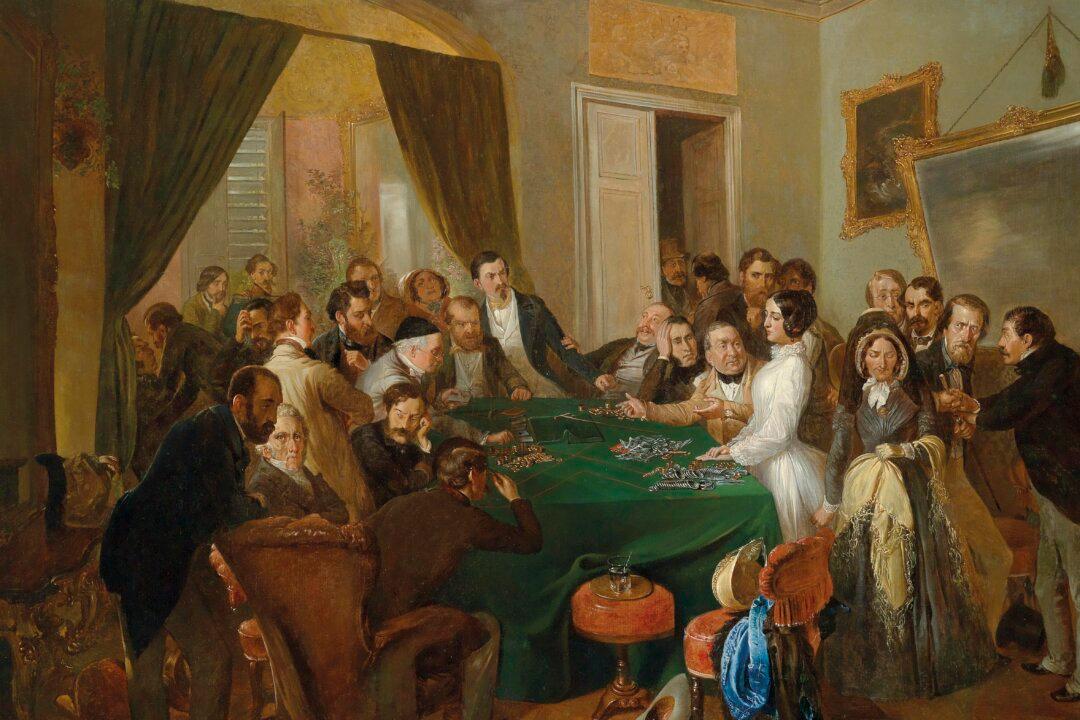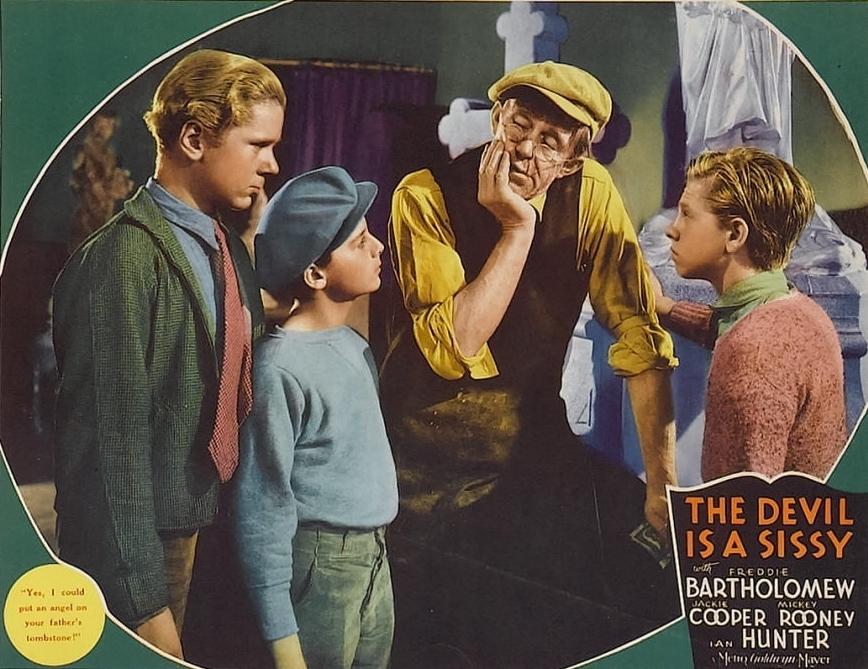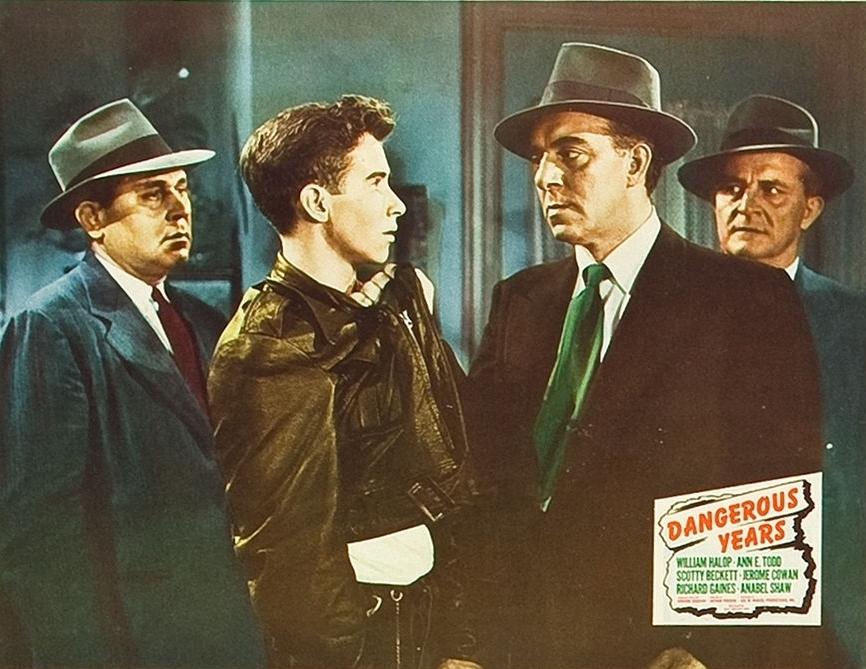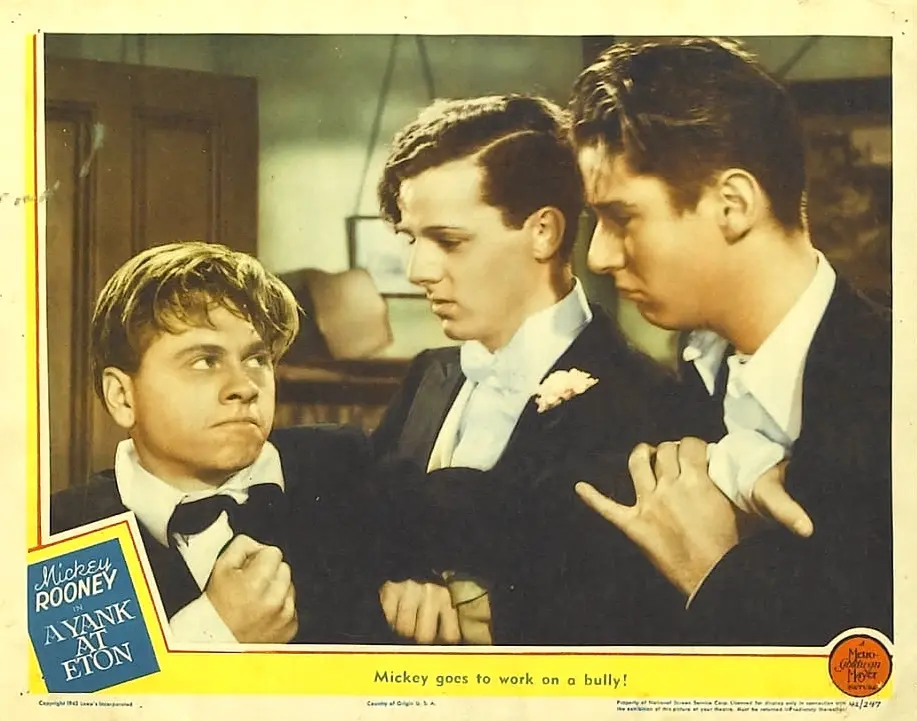Spring brings the promise of rebirth, so it’s no wonder that many people claim it as their favorite season. As COVID restrictions are finally eased around the world, the spring of 2022 offers the real hope of a new beginning for the first time in two years.
One of the most iconic classic tales about rebirth in the spring is Frances Hodgson Burnett’s “The Secret Garden.” This 1911 novel has been made into many films over the years, and in numerous languages and styles. A lesser-known adaptation is the 1949 Metro-Goldwyn-Mayer (MGM) film based on this story. Unlike other classic novels, such as “Little Women,” “Pride and Prejudice,” and “The Adventures of Robin Hood,” the Golden Era film adaption is not famous as a version of this novel.
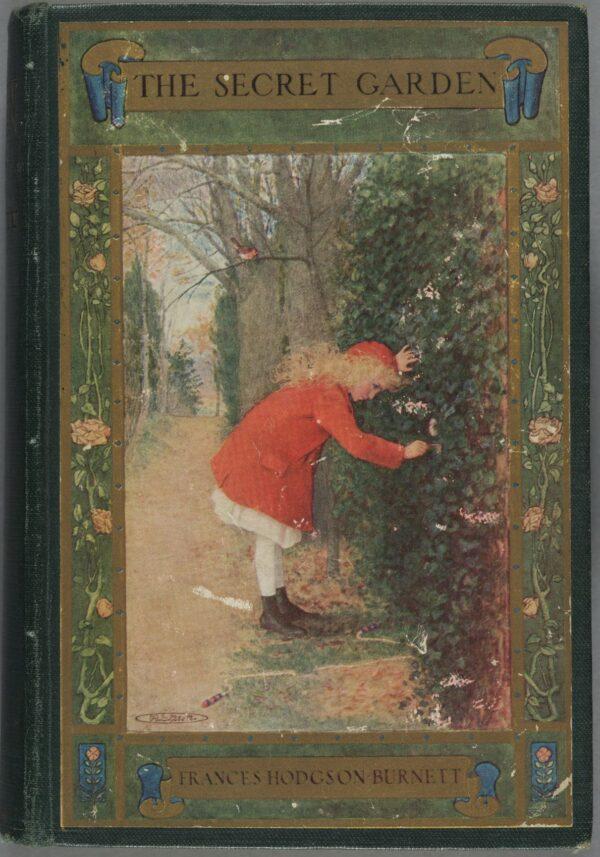
This is surprising since it features several noteworthy performers, including child stars Margaret O’Brien and Dean Stockwell and veteran British actor Herbert Marshall. Supporting actors include many recognizable names for those familiar with MGM’s glory days, such as Gladys Cooper, Reginald Owen, and Elsa Lanchester. Although some of the story’s details are omitted for conciseness, this is a charming rendition of a beautiful story.
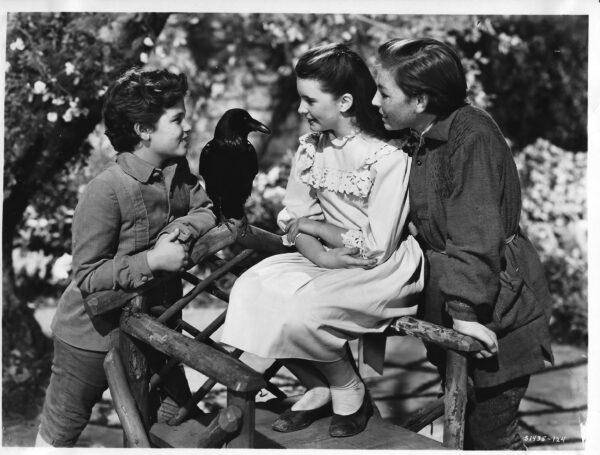
A Classic Tale
The story begins in India, where young Mary Lennox (O’Brien) has been orphaned by a cholera outbreak. The disagreeable girl is shipped back to her native England, where she is to live with her wealthy uncle, Archibald Craven (Marshall). There, she is greeted by a stern housekeeper, Mrs. Medlock (Cooper), whose coldness foreshadows the treatment she will receive at her uncle’s gloomy mansion on the moors.Once she arrives at her new home, her uncle doesn’t want to see her, so her only companions are sullen servants. As she goes to her room, Mary thinks she hears crying, but Mrs. Medlock insists that the distant wails are only the wind and forbids her from exploring the house. The next day, Mary meets her whimsical Yorkshire maid, Martha (Lanchester), who is jolly and friendly but incredulous about Mary’s willful personality and ignorance of life outside of India.
At first, Mary rejects the attempts at friendliness that she receives from Martha and her nature-loving brother, Dickon (Brian Roper). The girl prides herself on being superior and on not needing anyone. However, when she journeys into the off-limits part of the house, she meets her uncle’s crippled son, Colin (Stockwell), whose bitterness and hatred for others may surpass even her own. In him, she sees some of her own troubling tendencies.
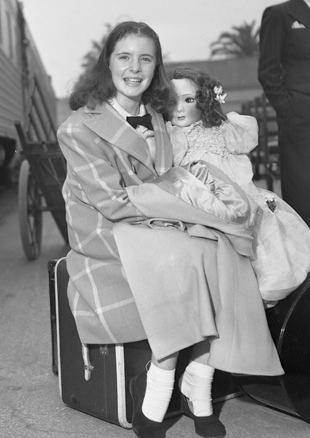
The Garden
The titular garden in this novel is much more than a collection of plants. It’s a natural representation of the lives of many of the main characters. Mr. Craven locked up the garden and buried the key after his wife died 10 years earlier, just as he locked up his heart and buried all his happy memories. Colin, his son, grew like the plants in the restricted garden: neglected, untrained, and shriveling for lack of care. Mary’s heart is like the garden’s soil; it’s overgrown with strong, rebellious weeds that choke out the flowers of good impulses, which have lacked encouragement. No garden can flourish without the discipline of pruning as well as loving nourishment.As soon as he meets her, Dickon sees hope for Mary that she clearly doesn’t see in herself. Time and again, other characters express disappointment that she is not beautiful. Although at first she seems just like a spoiled brat, we quickly realize that her hostile attitude is a defense against the poor treatment she always received. When they lived in India, her own mother would never let her see visitors in the parlor because she wasn’t pretty.
Similarly, Mr. Craven keeps his son hidden away in the vast manor. These children’s lives are being wasted through neglect—just like the garden—yet Dickon’s merry young soul may be sunny enough to brighten their gloom, just as he cares for wild animals and plants. He helps heal the withered garden and proves to be the best medicine in the world for Mary’s tormented cousin and for her own broken heart.
Obviously, all black-and-white film is composed of varying shades of gray. However, “The Secret Garden” is one of the grayest films you will find. Although the real-life colors of the scenery aren’t easily detected without color film, you can see that all the tones are muted, drab, and dark. The landscape of the moors is barren. The house is dark, sinister, and stony. The people’s attire is very somber. The lighting is usually dim, since the sky is always cloudy outside and few candles are lit inside. This morose color scheme matches the outlooks of the primary characters. The entire gray aesthetic provides the perfect backdrop for the hopelessness that rules these characters’ lives and haunts the house.
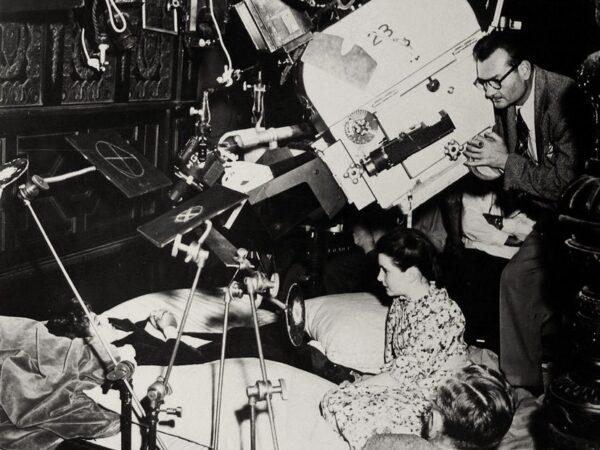
The Colors of Hope
Many lesser-known old film versions of classic tales are surprisingly enjoyable movies, like this one. Several of these films took considerable liberties with the source material’s stories, but “The Secret Garden” remained quite true to the book’s original plot. It was then brought to life by some of Hollywood’s finest actors of the late 1940s, including impressive young talent in the juvenile roles.In her final role while under contract with MGM, Margaret O’Brien is fiery and believable as the troubled Mary, making us root for her as she reforms. Dean Stockwell is every inch her match as the spoiled yet neglected Colin, bringing the tortured boy to believable life onscreen.
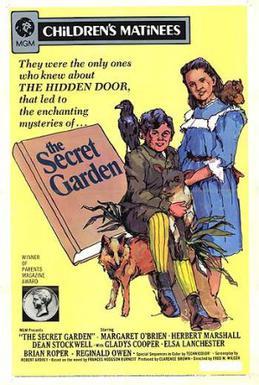
Then there is the lovable, happy Dickon, a welcome jolly counterpart to the other two children. Believe it or not, the Yorkshire Brian Roper was almost 20 years old when he played the boyish Dickon. Add to these wonderful main players the incurably morose yet compelling Hebert Marshall, who used the pain of his own World War I injuries to add depth to his interpretation of men who were suffering, like Archibald Craven.
Fortunately, “The Secret Garden” doesn’t remain in the gray gloom of despair. Ultimately, it is a story of hope and rebirth. This hope is vividly displayed on the screen by one of the most magical special effects used in old movies: Technicolor. When the children enter the flourishing garden, having tended it back to health, it is photographed in the most glorious, vibrant Technicolor film. The green practically glows, and the flowers bloom in every color of the rainbow, creating a magnificent picture of spring. No recent film’s color can compare to the beauty of these sequences, which are all the lovelier because of their contrast with the rest of the film’s grayness.
This spring, why not celebrate the season of rebirth with your whole family by watching “The Secret Garden"? It is sophisticated enough to intrigue the most mature, discerning film viewers, yet it also has charms that the young will enjoy. Whether as a first introduction to this beloved tale or yet another way to enjoy it, this film can bring Frances Hodgson Burnett’s masterpiece to life for young readers. It may also encourage children to grow a garden this year! Children, plants, and other growing things provide hope for a brighter spring.


